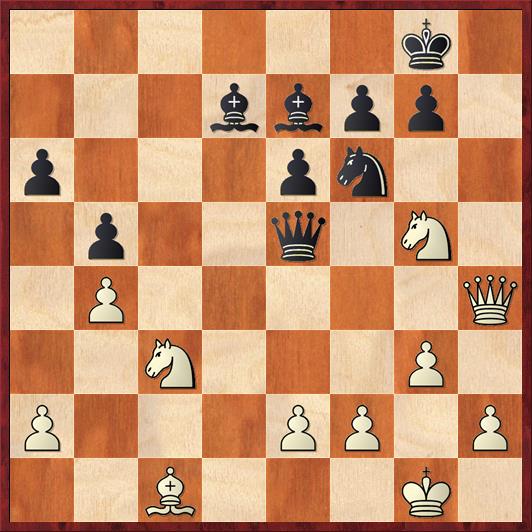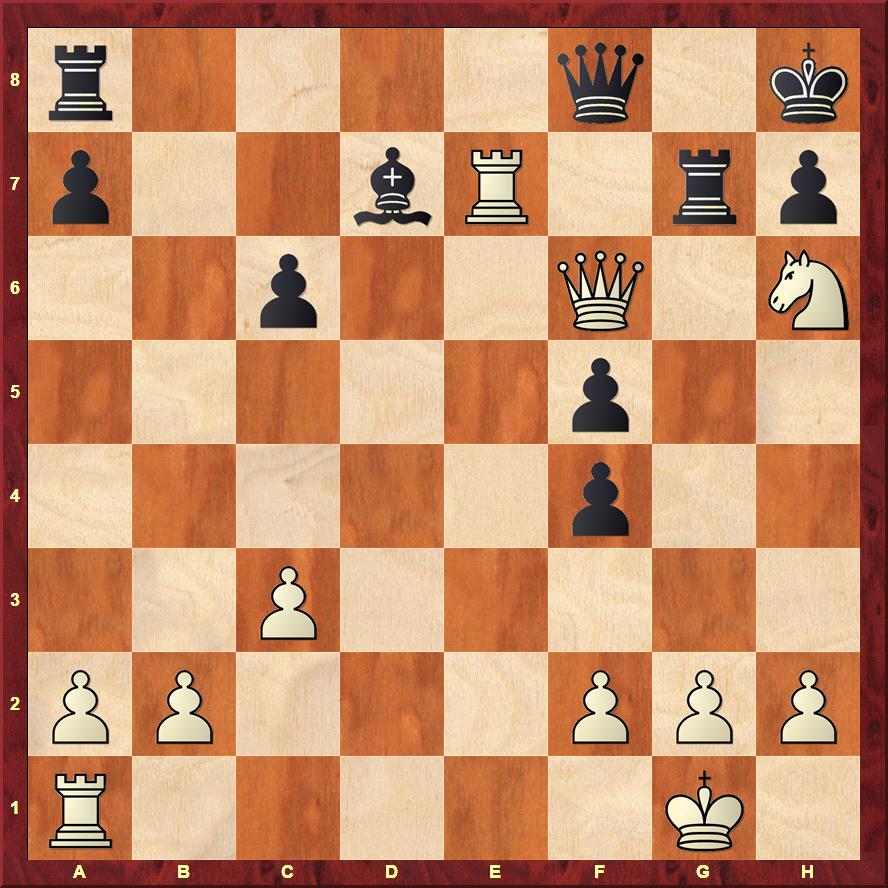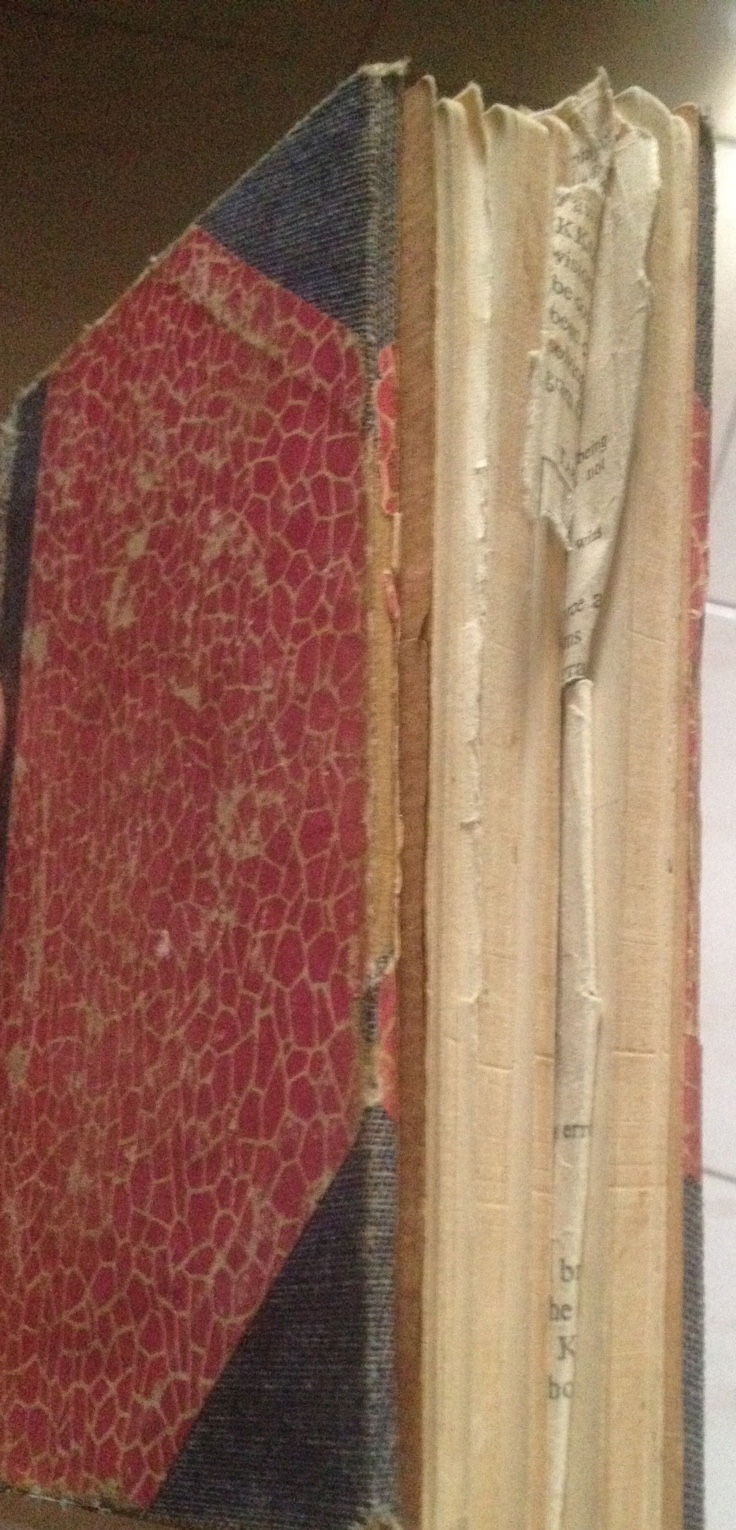Essential classical chess books that you must read – Part II
In part II of the "Essential classical chess books that you must read", Srikanth covers "The Chess Mind" by Gerlad Abrahams. The experienced author and mentor from Chennai writes, "What can I say about this little gem of a book. A rare one and practically unknown even amongst most fervent chess enthusiasts!" Through this article you not only get to know about one of the most deep books every written about chess, but also get to sharpen your arsenal with a few tactical themes that are discussed along with modern examples.
Introduction to the series:
by IM Sagar Shah
In the first article of this series Srikanth wrote about the book ""Chess Struggle in practice - Tournament book on Zurich 1953" by David Bronstein". This article received a lot of praise from our readers and many people bought the book. In fact one of the readers Yamini Yuvrajan wrote in the comments section: "I bought this book. The games were great . But the quality of images is bad. It looks like someone took a xerox copy of the original."
Yes Yamini, I was also one of the people who bought the book from Amazon India for Rs.699/-. The print really wasn't great, but the fact that I got the book in 2 days and that I could play over the games, more than compensated for the not so great print. For all those planning to buy the book, I would recommend keeping a magnifying glass by your side.

"The Chess Mind" by Gerald Abrahams
By Srikanth Govndaseshan

What can I say about this little gem of a book. A rare one and practically unknown even amongst most fervent chess enthusiasts! Like Bronstein, Gerald Abrahams too deals with abstract concepts and ideas. But is not chess basically a game of abstract ideation - very subjective and the moves and the ideas carry with it, the essence of abstract thoughts and ideas that transpire between two minds sitting across the board and the heat of the battle with horde of other thought processes going besides! Is not the pursuit of exactness or certainty a futile attempt, which only renders one stale and boring and this manifest outwardly on the board, on most occasions?!
The part one of this book; "Varieties of Mental Activity in Chess" deals with Vision, Common sense, Imagination, Errors, and how a game is won or lost; and the author clearly states the principles and explains them in detail along with practical examples, either through positions therein and also through the illustrative games given separately in the part two of this book.
This spontaneous recognition of operatives in a given setting is pivotal in chess. And therefore, every position needs to be approached with fresh eyes! Alas, even great players fail here occasionally!
He gives the example of Alekhine - Euwe, match 1937

For two moves, both the World Champions missed Qh8!! a typical fork motif. We can add to this, the following example which happened in a later game between:
Petrosian and Spassky, 1966

I can add one more striking example to this theme:
Chigorin - Rubinstein, Lodz, 1906

Forty years later, a strikingly similar position around the King occurred in:
Lundin vs Smyslov, Groningen 1946

Though the aspect of mind and its involvement (intrusion!?) in the process of ideation in itself is a separate subject, which is outside the scope of this book!
One pre-warning: do not have a cursory look at the book and the simple examples that he gives and brush aside this as elementary! This book is far deeper than it appears and is very contemporary. Perhaps imperative. In fact, I would love to edit this book (as the paperback edition of this comes in a very poor binding and the book just disintegrates into pages very soon!) and have it reprinted adding appropriate examples and making it contemporary!


Take for example the following position which Shankland provides as an introduction to Jacob Aagaard's latest book, "Thinking Inside the box!":
Christiansen - Shankland

The move 18...Nxg3!! is non existent until its sequel 19...Ra2!! falls in the zone of perception. Yet no one can deny its existence and the moment you spot it, and after the euphoria subsides, it becomes a household occurrence - a common move!
Or take the modern day masterpiece, played only a few days back:
Ivanchuk - Shankland

The move 18.Rxc5!! vows its existence to Ivanchuk's genius. A purely positional sacrifice to ensure free mobility for his pieces and lack of coordination amongst black pieces!
And it is in acknowledging this human limitation and attaining the temerity and fearlessness in trying to go beyond and explore, lies greatness, which is inherent in every human being....chess players!
Chess is all about mind, abstract thoughts, ideas, and the best chess happens in the absence of mind's influence! Chess Mind will make you think how to think and most importantly, how not to think, the moment you go beyond what is being said there!
The subject dealt with in this book, makes me put it up high in the order of preference, even above some of the books by my most favourite authors Bronstein, Keres, Alekhine and others.
How to get the book:
We tried getting the book on Amazon. It is not available on Amazon India, but it did exist on Amazon.com. It costs 30.95 $ but does not ship to India. In case a lot of people are interested to get the book, you can write in the comments section below. If we do get sizeable amount of people who are interested, we will try to get them somehow to India. So let us know in the comments section.
About Gerald Abrahams:

Gerald Abrahams (15 April 1907 – 15 March 1980) was an English chess player, author, and barrister. He is best known for the Abrahams Defence of the Semi-Slav, also known as the Abrahams–Noteboom Variation, or the Noteboom Variation:
1.d4 d5 2.c4 c6 3.Nc3 e6 4.Nf3 dxc4 5.e3 b5 6.a4 Bb4 7.Bd2 a5 8.axb5 Bxc3 9.Bxc3 cxb5 10.b3 Bb7 (ECO D31).
In 1933 he was third at Hastings in the British Championship, after Mir Sultan Khan and Theodore Tylor. Abrahams was known as a strong blindfold player. In 1934 he took on four strong Irish players, playing blindfold, at the Belgravia Hotel in Belfast, winning two games and drawing two. In the Anglo-Soviet radio match of 1946 he scored one win and one draw against Viacheslav Ragozin on board 10.
Abrahams was the author of several chess books, including Teach Yourself Chess (1948),The Chess Mind (1951), Handbook of Chess (1960), Technique in Chess (1961), Test Your Chess (1963), The Pan Book of Chess (1966), Not Only Chess (1974), and Brilliancies in Chess (1977).
About the author:


